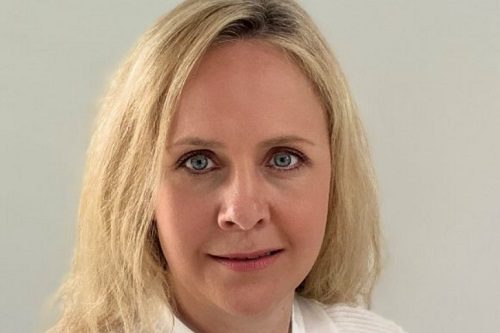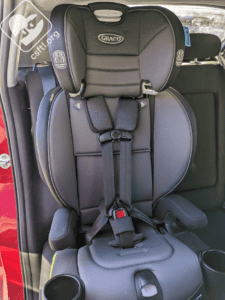Allianz Commercial sees subsidence claims rise 140%

Authored by Allianz
Allianz Commercial recorded a significant surge in subsidence claims in September, with volumes 140% higher than the same month last year.
Parched clay soils are the main contributing factor, and summer 2022 was one of the hottest and driest seasons that England has experienced since Met Office records began. The second cause of subsidence is drain or sewer leaks which wash out granular soils.
Rebecca Rogers (pictured), head of property claims at Allianz Commercial, comments: “Subsidence is different from other perils in that claims require more time and expertise to resolve. Investigations are often complex, involving many parties, but they are crucial in establishing the cause of the damage to then remove it, stabilise the building and finally repair the property. Since the whole process can be time-consuming, early notification is crucial.”
Spotting the signs of subsidence
When a building’s foundation no longer supports it sufficiently, cracks tend to appear. However, buildings may crack for all sorts of reasons, so context matters: the location, shape and timing of the cracks are all clues.
Cracks may appear:
in structural masonry walls – both internally and externally if the wall is solidaround bay structures or at the junction with an extensionbelow or above doors or windows (when a door or window can no longer close, this often indicates the frame or lock has become misaligned)
Subsidence cracks usually look V-shaped. They are wider at the top and narrower at the bottom.
As for timing, they tend to form over the summer months and show after a prolonged period of hot, dry weather. Or they may follow an incident with local drainage or water mains.
Identifying the source
In investigating the cause of a subsidence claim, a specialist loss adjuster will usually take one or more of the steps:
check the property’s foundation (type and depth) and sub-soil (type and condition)retrieve roots to identify the trees or shrubs that may be absorbing moisturetest the water pressure in local drains or water mains or survey them via CCTVmonitor cracks and levels – to help with the diagnosis but also to confirm when the building has stabilised
Identifying the source of the problem will help determine the best remedy.
Where nearby trees and shrubs have caused root-induced clay shrinkage, then vegetation mitigation will allow the soil to hydrate and swell, and the building to stabilise. The cracks will often close as the foundation comes back up, but this will need to be confirmed by a period of monitoring.
Where an escape of water has caused the damage, then fixing the defective drains or water main will allow the building to stabilise. Again, the building may need to be monitored to confirm stability.
Only once the property has stabilised can superstructure repairs be undertaken. The specialist loss adjuster will advise on the most suitable repair to return the structural integrity of the building. After crack repairs, the affected area can be redecorated.
While tree or drainage mitigation can resolve the majority of subsidence claims, approximately 5% of cases are more severe and require an engineered solution such as underpinning. This is where the building foundation is improved to overcome the subsidence affecting the property.






